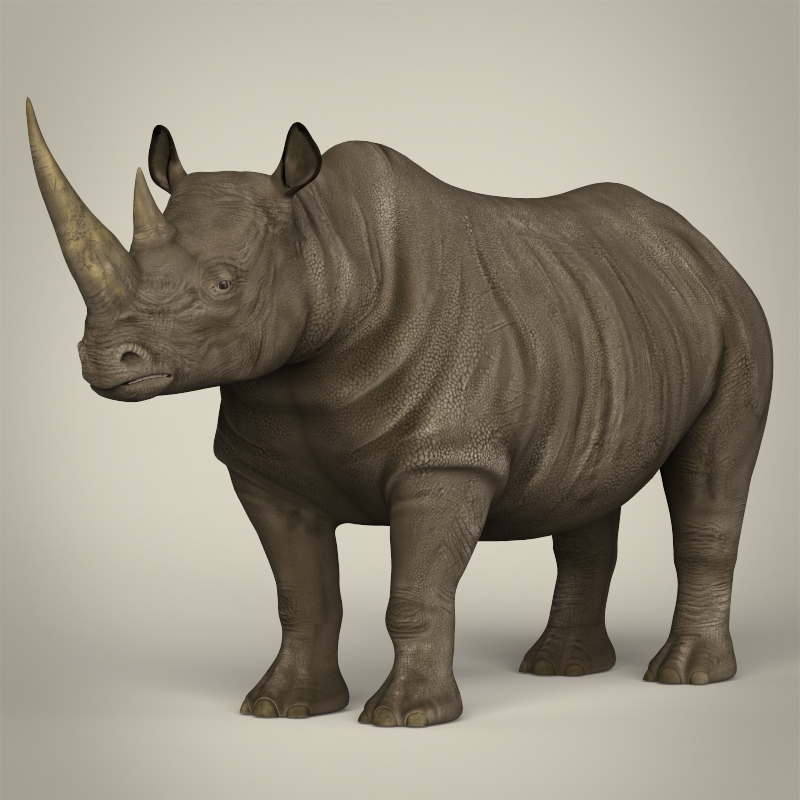
This idea implies that a crocodile that survived for a few centuries would grow into a dinosaur this idea, however, does not seem correct. Seemingly, dinosaurs were merely crocodiles that existed during a period when the earth provided favorable conditions to such living organisms to thrive.Dinosaurs, just like reptiles, had scaled dry skin. Birds also have scales on particular areas of the body, such as on their feet.īelow are a few differences between dinosaurs and modern-day living organisms.The offspring of reptiles, birds, and dinosaurs are miniature versions of the adults, and they do not change as they grow older.Additionally, fertilization in all reptiles and birds occurs internally. There are only a few living reptilian species that are ovoviviparous, a scientific term used to describe the process of young ones hatching from eggs that have been incubated inside the animal’s body.ĭinosaurs were all oviparous. It’s the term used by scientists to describe living organisms that hatch from eggs. Reproduction: The vast majority of birds and reptiles are oviparous.Populations may have survived until about 8,000 BC in Siberia, however this is uncertain. Climate change may have also contributed, but this seems rather unlikely.

It went extinct around the same time as the rest of the Pleistocene megafauna, and there are a lot of reasons that have been postulated for this, one of which being human hunting.

It also would have had forbs and graminoids.

It even had the gut necessary for digesting cellulose-rich food, allowing it to graze upon grasses and sedges, though it would have needed to do so in large amounts. It lived alongside woolly mammoths and other Pleistocene megafauna, as well as humans.įemales of the species gave birth to one or two calves, and it appears that it had the teeth and skull of a grazing herbivore. Its range grew and shrunk as the Ice Age waned between cold and warm cycles, and as such the populations migrated as these cycles occurred. Its ancestors migrated to the north from Tibet when the Ice Age began, and it had ranges in the Doggerland and Northern Europe, England, and the North Sea, which was then a cold and arid desert. It had very thick, very long fur, small ears, short legs, and a stocky body, as shown in the cave painting. The horns on the skull were made of keratin, with the longer horn about 61 centimeters long. It would have been about 2 meters tall, and it was about the same size or a little bit larger than the living white rhinoceros.

It would have been about 3 to 3.8 meters long, weighing in at about 1,800 to 2,700 kg. In fact, it lived so recently and has been so well preserved, there are even mummified individuals from Siberia - and cave paintings! It had stocky limbs and thick wooly fur to make it well suited to the tundra environment it lived in, and its closest living relative according to DNA studies (do you realize how amazing it is to write about organisms we have DNA for) is the Sumatran rhinoceros, Dicerorhinus sumatrensis. It lived in Europe and northern Asia, and was a member of the Pleistocene megafauna, a group of large mammals that lived in Ice Age. The woolly rhinoceros was a rhinoceros that lived during the Piacenzian age of the Pliocene epoch of the Neogene, to the Tarantian age of the Pleistocene epoch of the Quaternary, about 3.6 to 0.01 million years ago. Name: Coelodonta antiquitatis (Woolly rhinoceros)Ĭlassification: Cellular Life, Archaea, Proteoarchaeota, Eukaryota, Unikonta, Opisthokonta, Holozoa, Filozoa, Metazoa, Eumetazoa, Planulozoa, Bilatera, Nephrozoa, Deuterostomia, Chordata, Craniata, Vertebrata, Gnathostomata, Eugnathostomata, Teleostomi, Euteleostomi, Sarcopterygii, Rhipidistia, Tetrapodomorpha, Eotetrapodiformes, Elpistostegalia, Stegocephalia, Tetrapoda, Reptiliomorpha, Anthracosauria, Batrachosauria, Cotylosauria, Amniota, Synapsida, Eupelycosauria, Sphenacodontia, Sphenacodontoidea, Therapsida, Eutherapsida, Neotherapsida, Theriodontia, Eutheriodontia, Cynodonta, Epicynodontia, Eucynodontia, Probainognathia, Chiniquodontoida, Prozostrodontia, Mammaliaformes, Mammalia, Theriiformes, Holotheria, Trechnotheria, Cladotheria, Zathria, Tribosphenida, Theria, Eutheria, Placentalia, Boreoeutheria, Laurasiatheria, Scrotifera, Fereuungulata, Euungulata, Panperissodactyla, Perissodactyla, Tapiromorpha, Ceratomorpha, Rhinocerotoidea, Rhinocerotidae


 0 kommentar(er)
0 kommentar(er)
